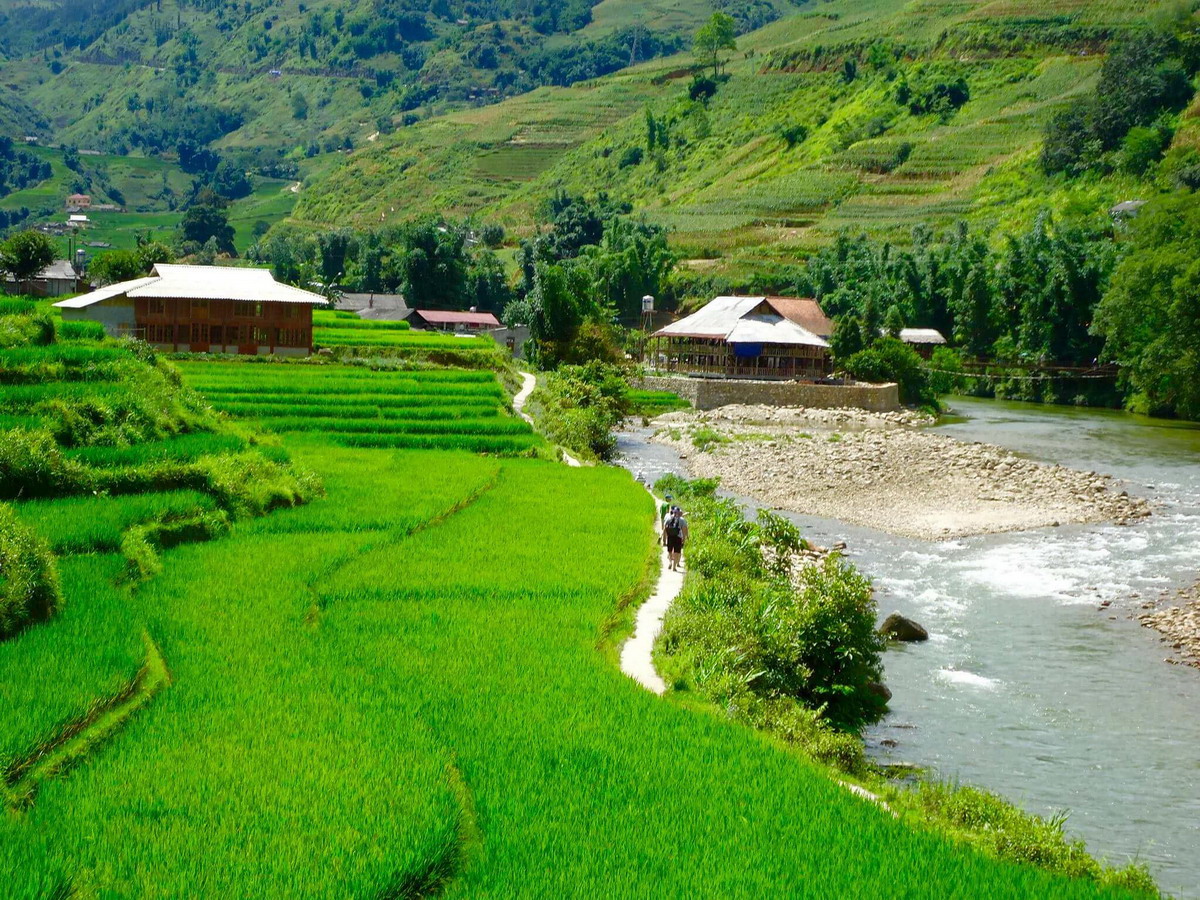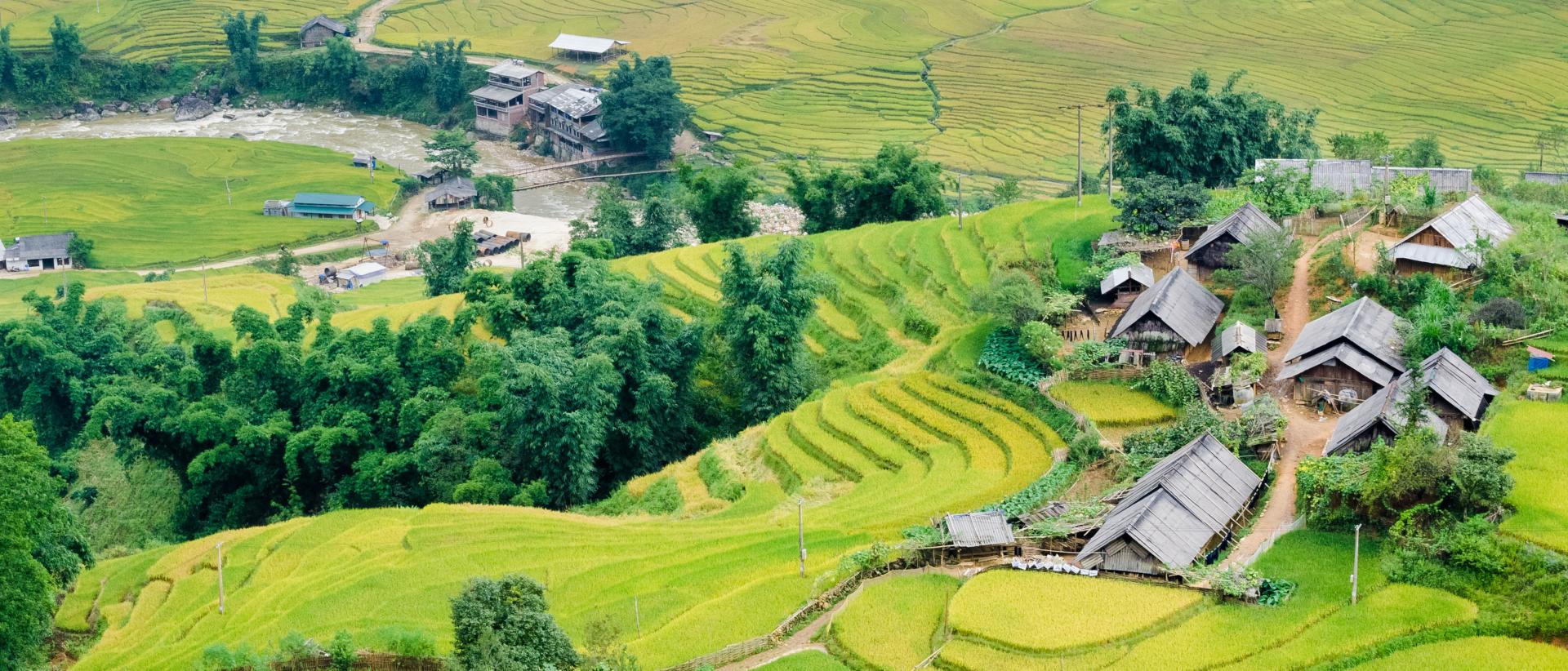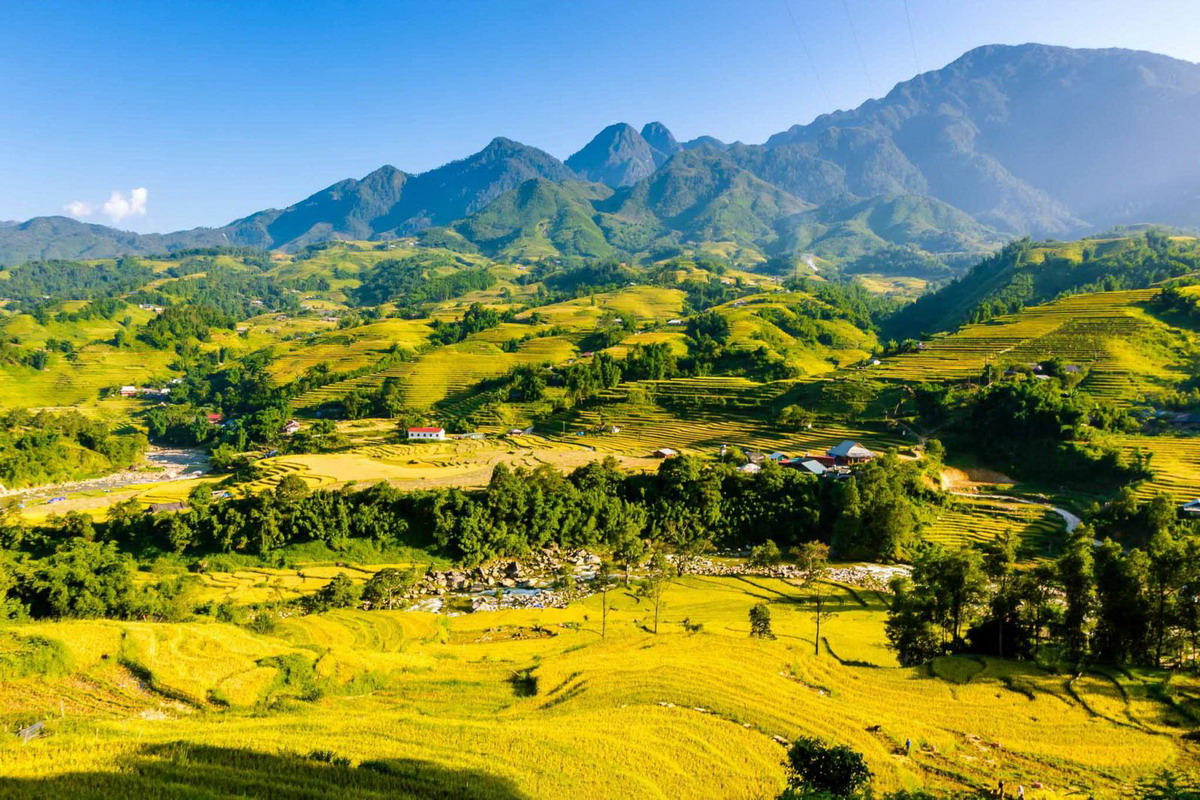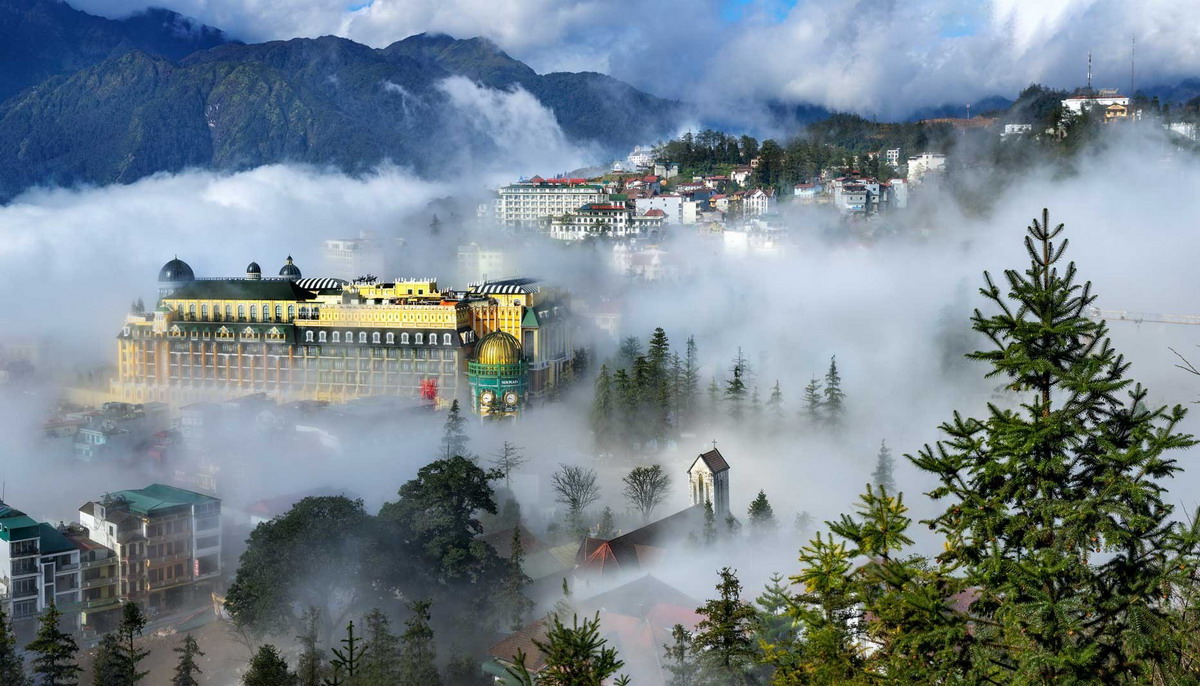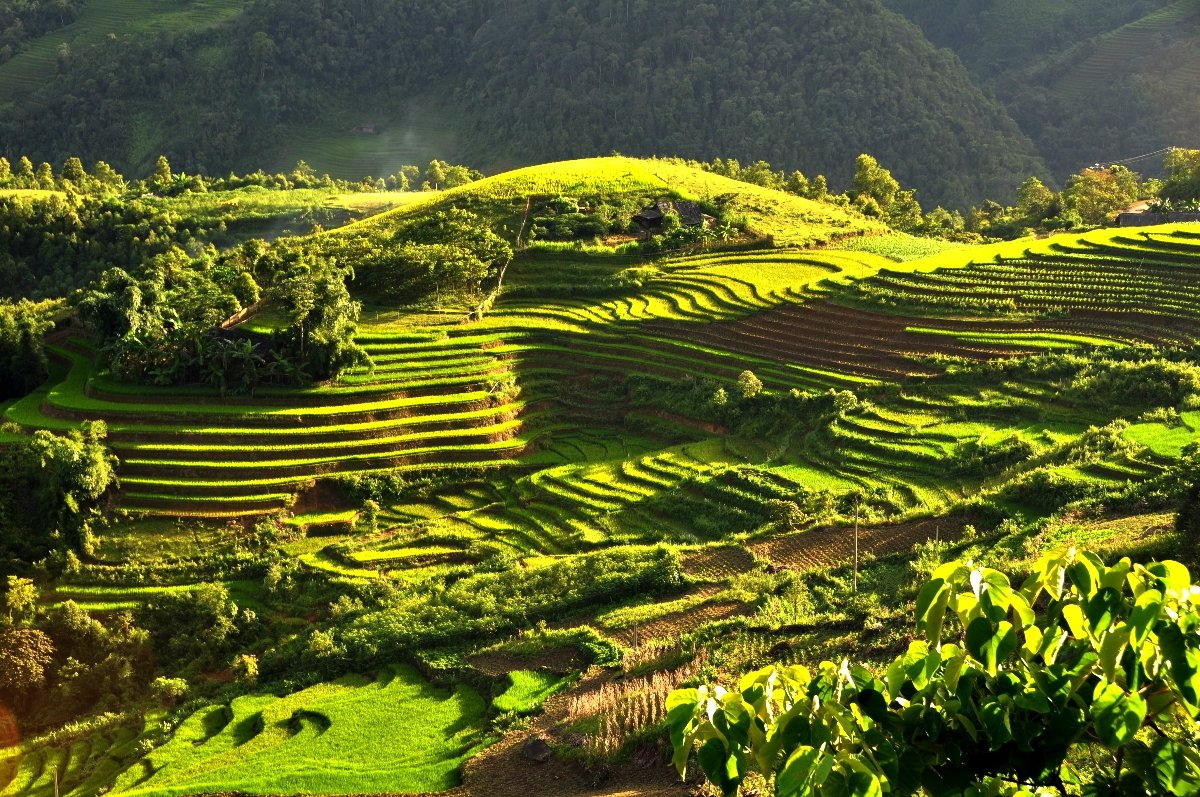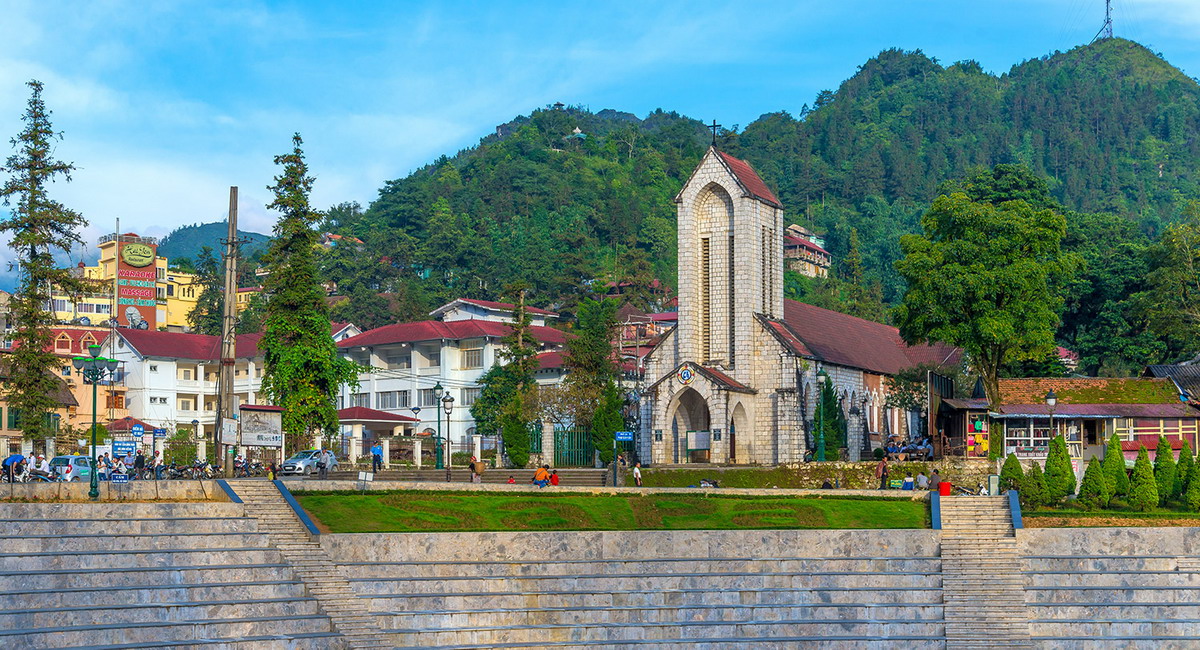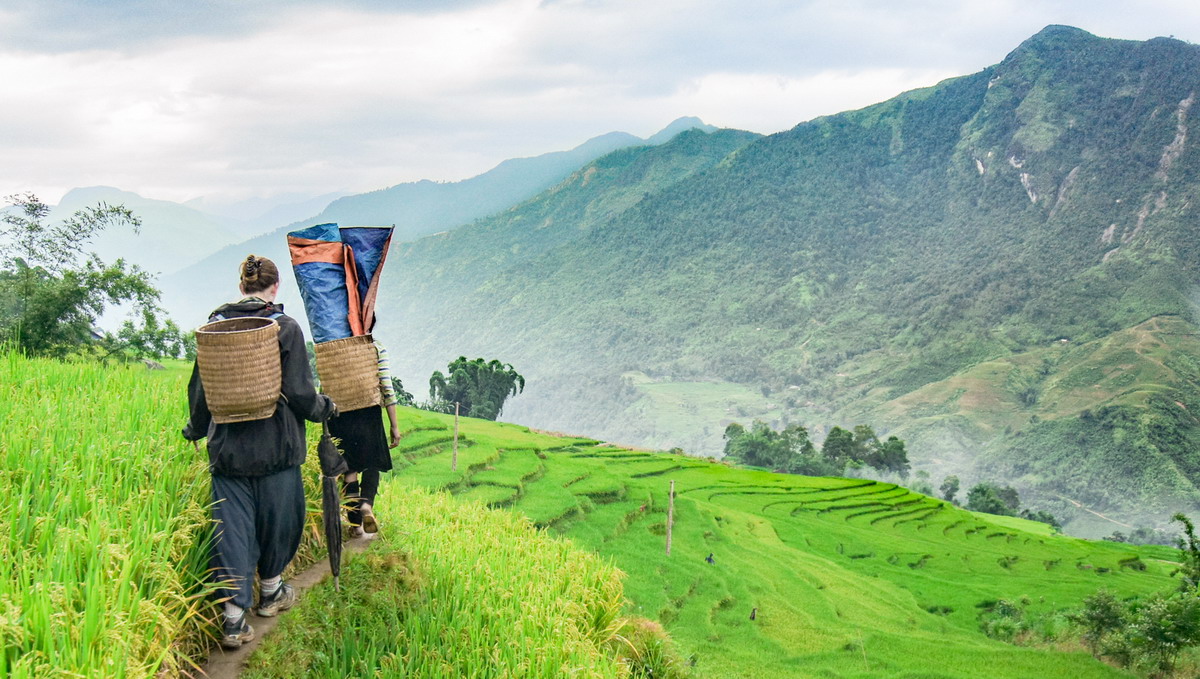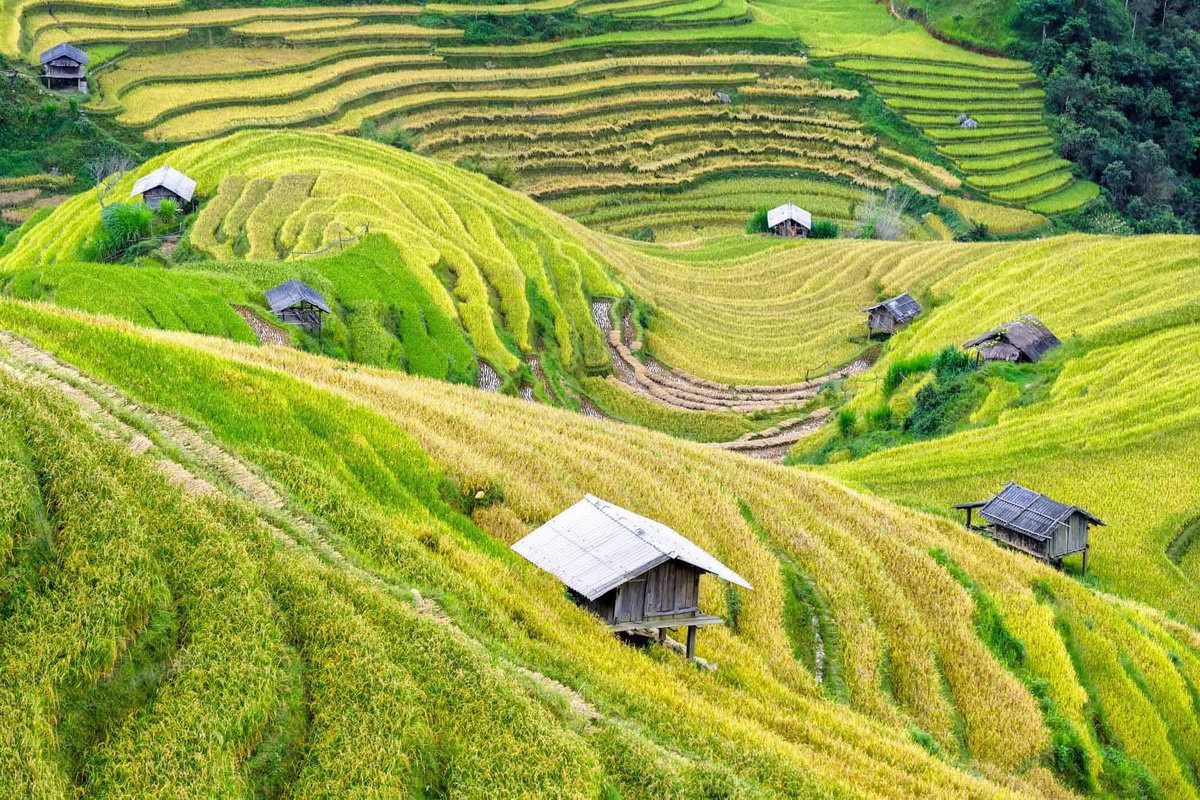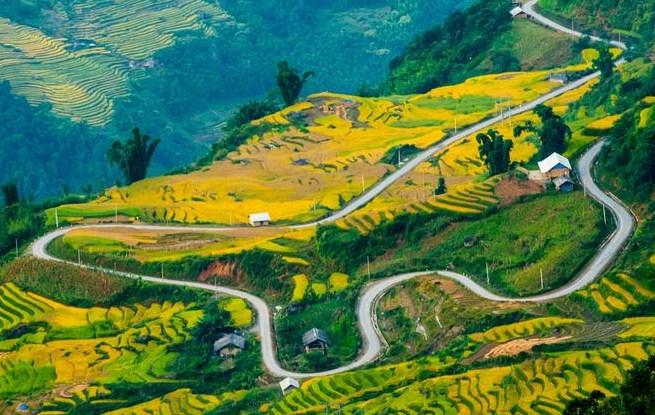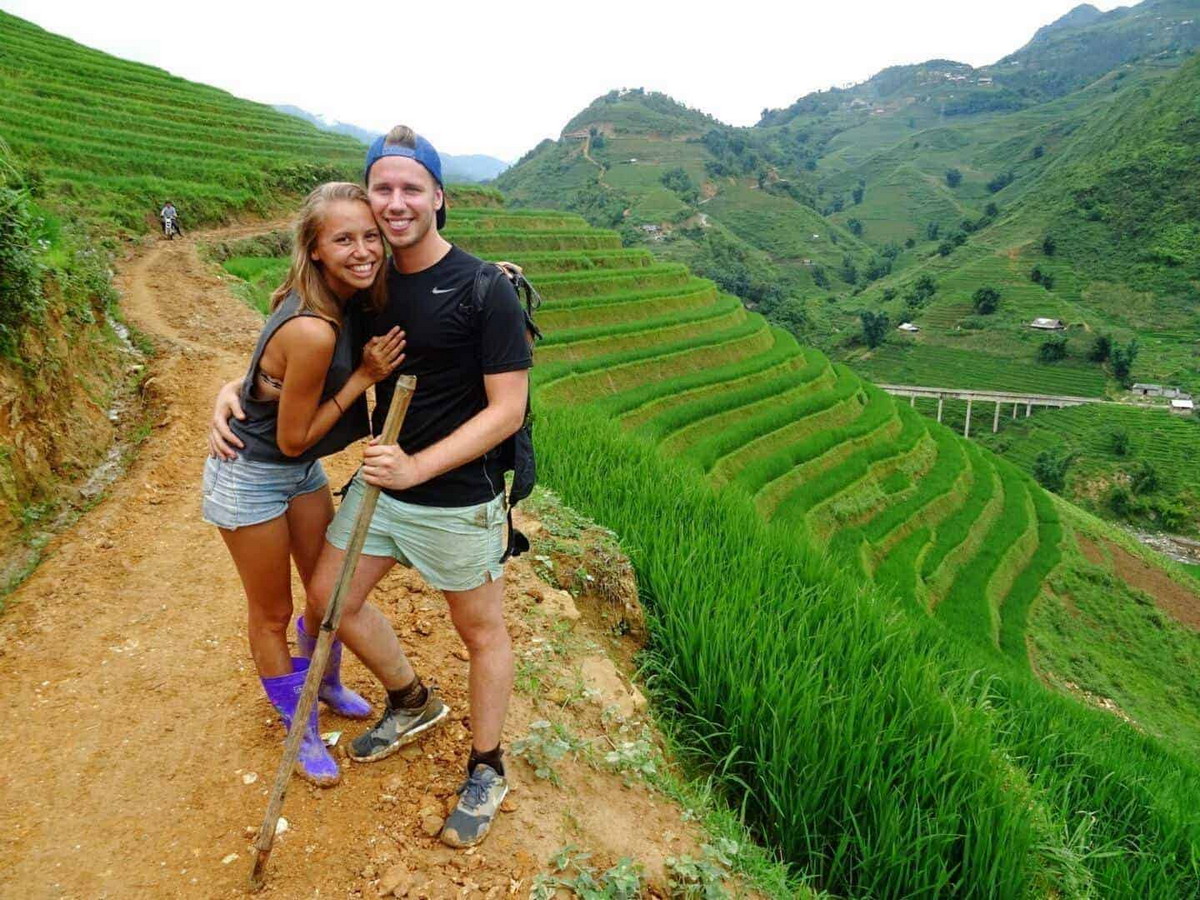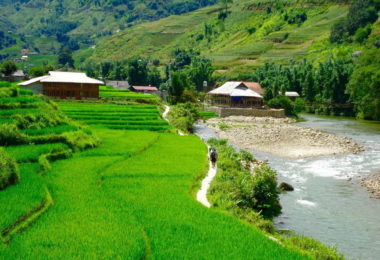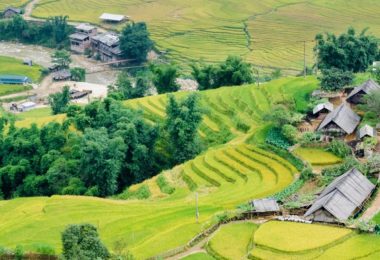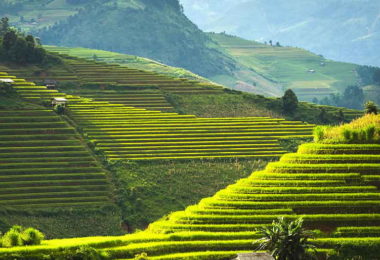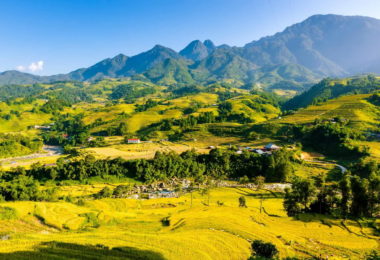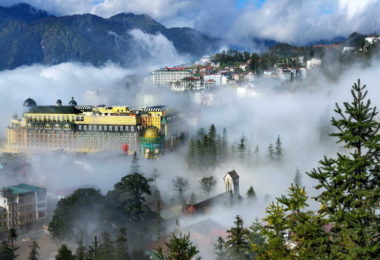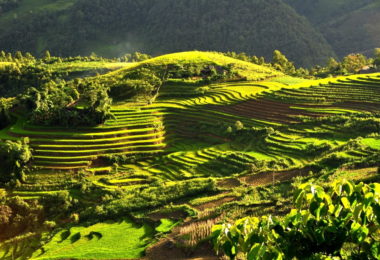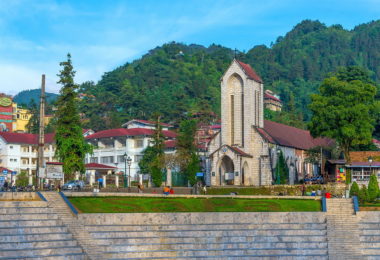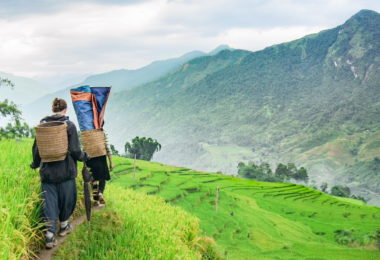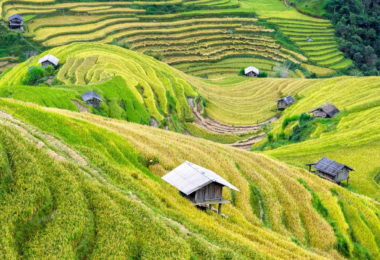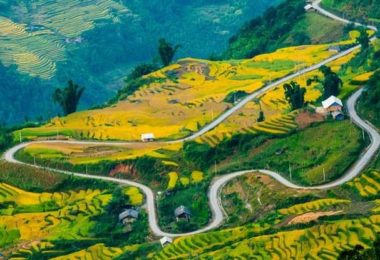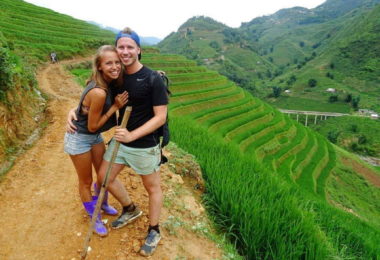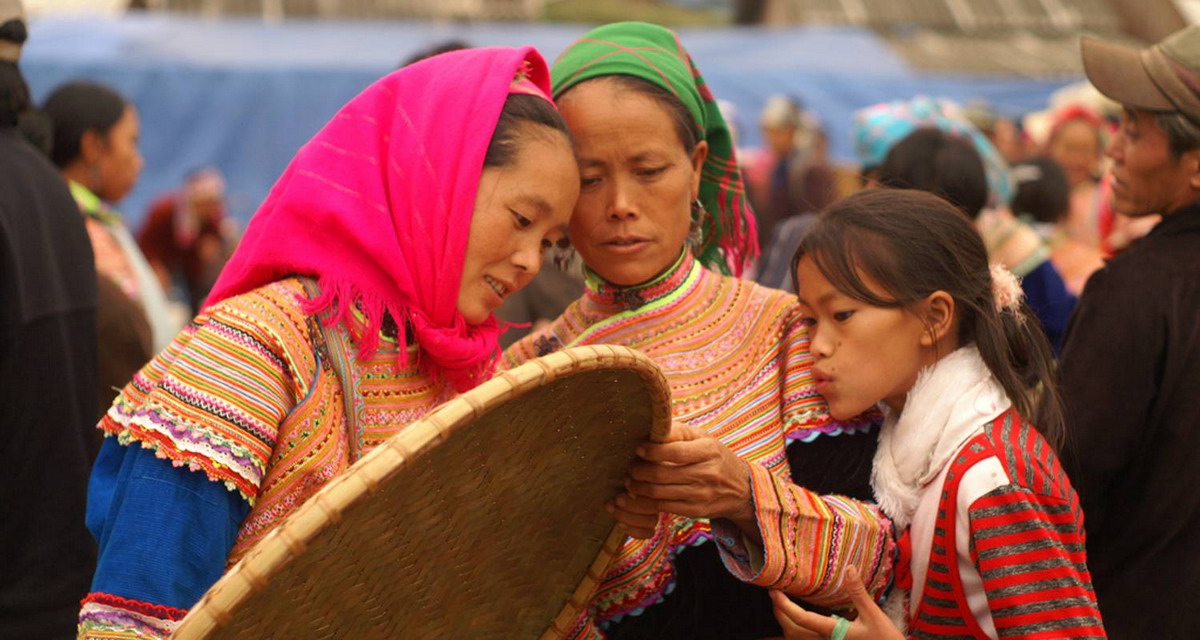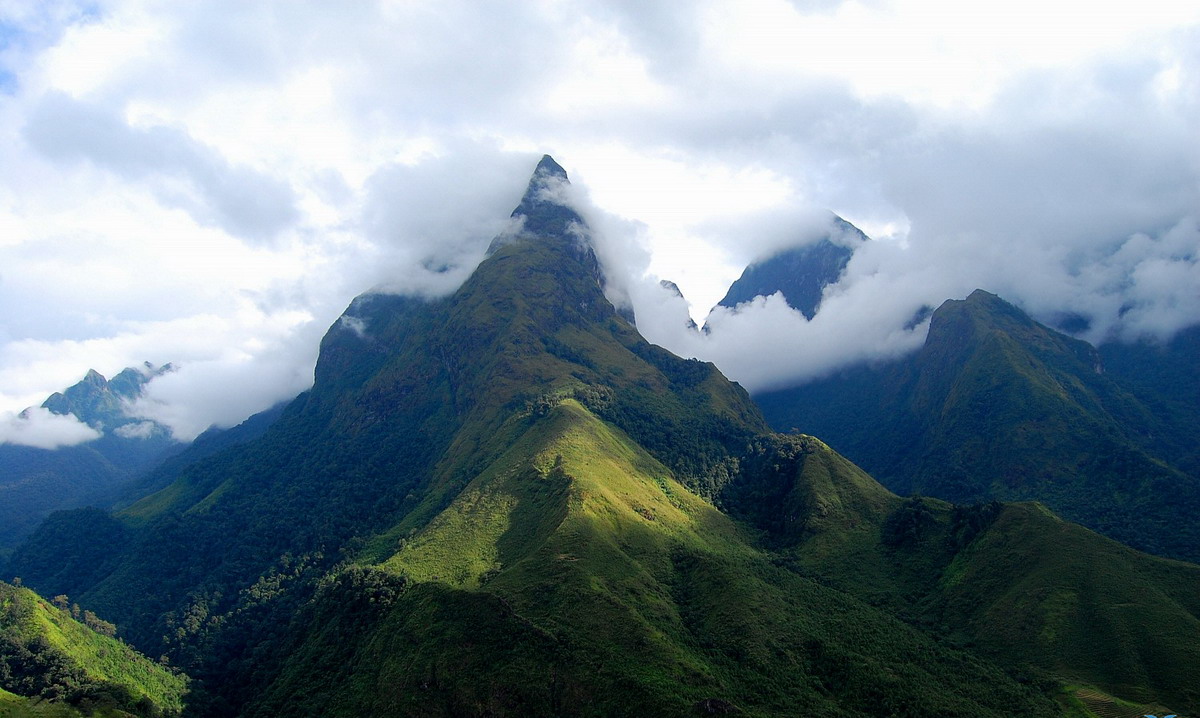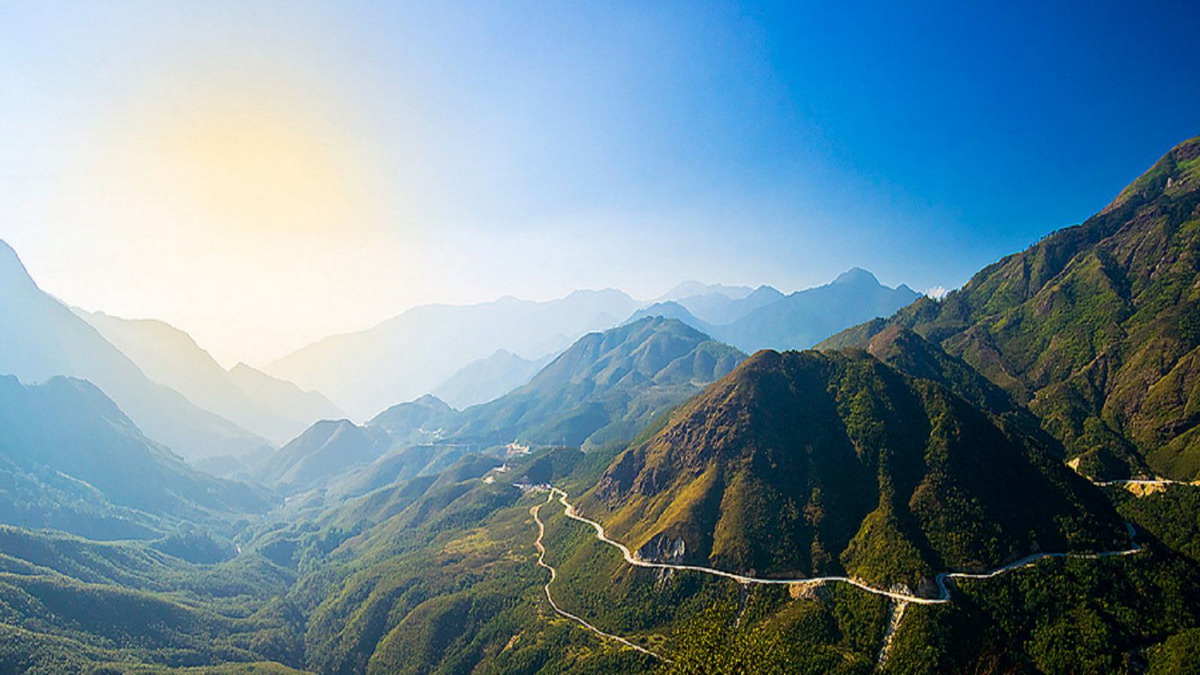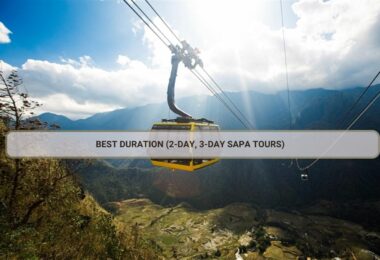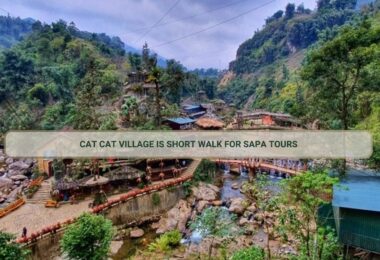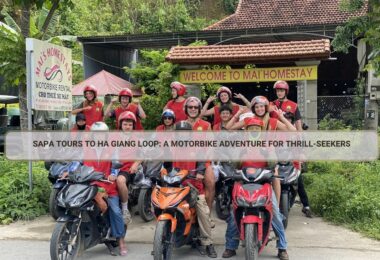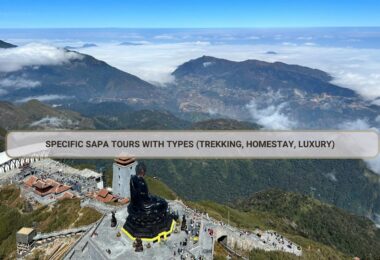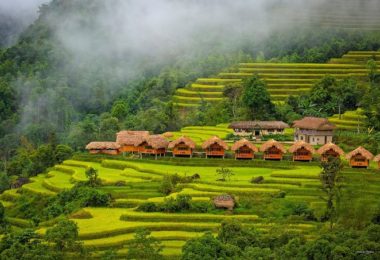Discover the magic of Sapa, a captivating destination in Northern Vietnam where cultural diversity and natural splendor converge. On Sapa Tours, you’ll have the unique opportunity to immerse yourself in the culture of ethnic communities, exploring their rich traditions and diverse lifestyles. These tours offer m
ore than just sightseeing, they are a chance to connect with the heart of Sapa, engage with its people, and experience the timeless customs that make this region so extraordinary. Join us on this unforgettable journey through the captivating landscapes and rich cultures of Sapa!
Understanding the Cultural Heritage of Sapa
The Significance of Sapa’s Ethnic Communities
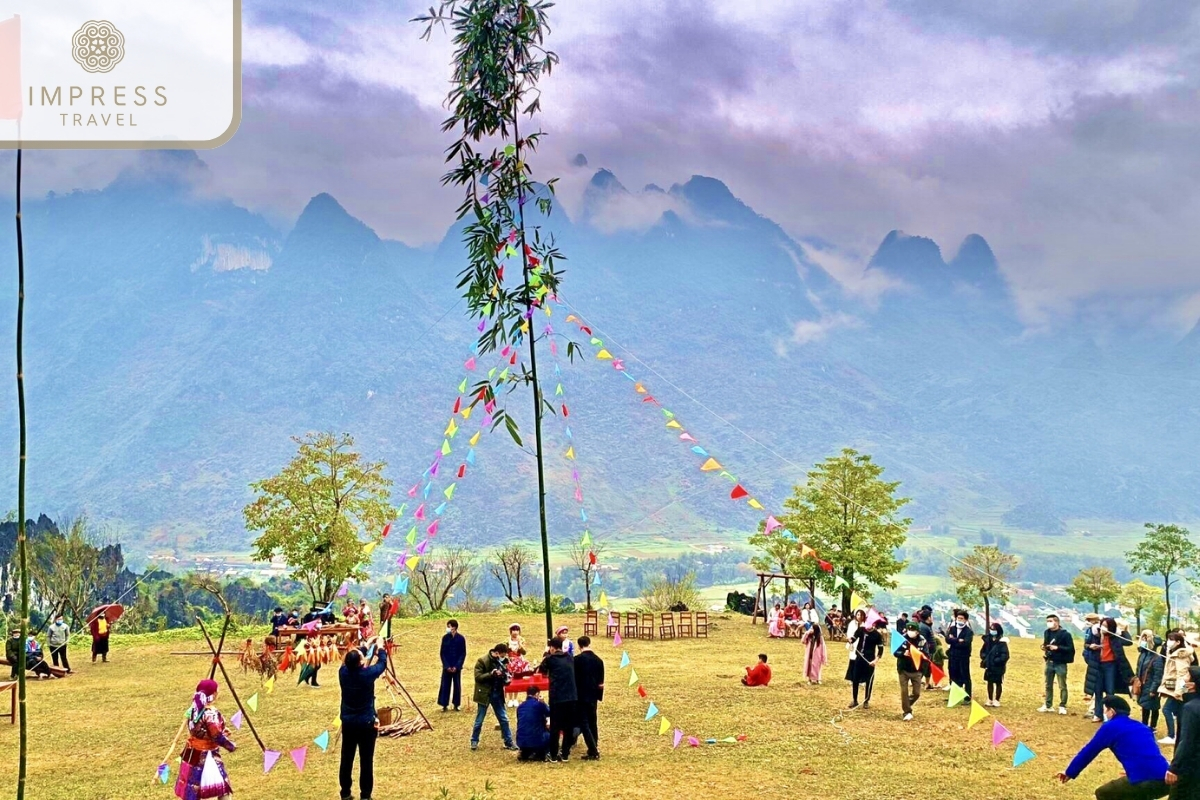
Gau Tao Festival
Sapa is not just known for its breathtaking landscapes but also for its rich cultural mosaic. The region is home to a variety of ethnic groups, each with its own distinct identity, language, and traditions. The five main ethnic groups you’ll encounter on Sapa Tours are the Hmong, Dao, Tay, Giay, and Xa Pho.
- Hmong: The Hmong people, known for their vibrant traditional attire and intricate embroidery, are the largest ethnic group in Sapa. They are highly skilled in agriculture, particularly in cultivating rice on the iconic terraced fields. The Hmong are also famous for their Love Market, a unique cultural event where young people gather to find potential partners—a tradition that continues despite the pressures of modernization.
- Dao: The Dao, particularly the Red Dao subgroup, are easily recognized by their colorful clothing and the distinctive red scarves worn by the women. The Dao are deeply spiritual, with practices that include traditional medicine and rituals that have been passed down through generations. They are also renowned for their craftsmanship in silver jewelry, which is a symbol of wealth and status.
- Tay: The Tay people are one of the oldest ethnic groups in Vietnam. They are known for their communal living, often residing in stilt houses that accommodate multiple generations under one roof. Tay culture is rich in traditional music and dance, with the Xoe dance being a highlight—a graceful and symbolic performance that is integral to Tay festivals and celebrations.
- Giay: The Giay people, though smaller in number, have a significant presence in Sapa. They are skilled farmers and are known for their elaborate family structures and community-focused lifestyle. Giay folklore is rich with legends and stories that have been told for centuries, adding to the mystique of their cultural identity.
- Xa Pho: The Xa Pho, one of the smallest ethnic groups in the region, live a more isolated lifestyle, which has allowed them to preserve many of their ancient customs. Their traditional handicrafts, such as weaving and basketry, are not only practical but also a reflection of their cultural heritage, passed down through generations.
Despite the rapid pace of modernization, these communities have managed to maintain their distinct cultural identities. When you embark on Sapa Tours, you’ll witness firsthand how these groups have preserved their traditions, whether it’s through their unique clothing, languages, or communal practices. It’s this dedication to cultural preservation that makes Sapa an exceptional destination.
Cultural Practices and Traditions
One of the most enriching aspects of Sapa Tours is the chance to experience the daily life and traditions of these ethnic groups. Each community in Sapa has its own unique set of practices that have been shaped by their environment and history.
- Hmong Culture: The Hmong people are primarily farmers, and their agricultural practices are a marvel to observe. The terraced fields they cultivate are not only functional but also incredibly beautiful, creating a landscape that changes with the seasons. Hmong women are known for their traditional attire, which is hand-embroidered with intricate patterns and vibrant colors. The Love Market is a must-see cultural event, where young men and women gather in traditional attire, sing, and flirt—a tradition that offers a glimpse into the romantic side of Hmong life.
- Dao Culture: The Red Dao are deeply spiritual, and their beliefs are intertwined with their daily lives. They practice traditional medicine, using herbs and plants from the forests around Sapa. The Dao’s skill in silver crafting is legendary, with each piece of jewelry telling a story. When you visit a Dao village on Sapa Tours, you might witness these craftspeople at work, creating beautiful, symbolic pieces that are as much a part of their identity as their red scarves.
- Tay Culture: Communal living is at the heart of Tay culture. They live in stilt houses that are designed to accommodate large families, reflecting their emphasis on family and community. Music and dance are also central to their cultural expression, with the Xoe dance being one of the most important. This dance, which involves a group of people holding hands and moving in a circle, symbolizes unity and the strong communal bonds that characterize Tay life.
- Giay Culture: The Giay people are farmers who have perfected the art of rice cultivation in the challenging terrain of Sapa. Their family structures are intricate, with a deep respect for elders and a focus on collective well-being. Giay folklore is rich with stories that have been passed down through generations, providing a deep connection to their cultural roots. These stories often explain natural phenomena or teach moral lessons, making them an integral part of Giay culture.
- Xa Pho Culture: The Xa Pho people have remained relatively isolated, which has allowed them to maintain many of their ancient traditions. They are skilled in traditional handicrafts, such as weaving and basketry, which are both functional and artistic. These crafts are essential to their way of life and are a tangible connection to their ancestors. When you visit a Xa Pho village, you’ll see how these traditions are not just preserved but are an active part of daily life.
Festivals and Celebrations in culture of ethnic communities on Sapa Tours
No exploration of the culture of ethnic communities on Sapa Tours would be complete without experiencing the vibrant festivals and celebrations that are held throughout the year. These events are more than just festivities; they are a deep expression of the communal spirit and cultural heritage of the people of Sapa.
- Gầu Tào Festival (Hmong): This festival is one of the most important for the Hmong people. It’s a time to give thanks and to pray for health, prosperity, and happiness. The festival is marked by traditional songs, dances, and games, offering a lively and colorful insight into Hmong culture.
- Fire Dance (Red Dao): The Fire Dance is a thrilling and deeply spiritual event performed by the Red Dao people. During this festival, young men dance barefoot over burning coals to prove their strength and to honor their ancestors. It’s a mesmerizing display of faith and courage that leaves a lasting impression on all who witness it.
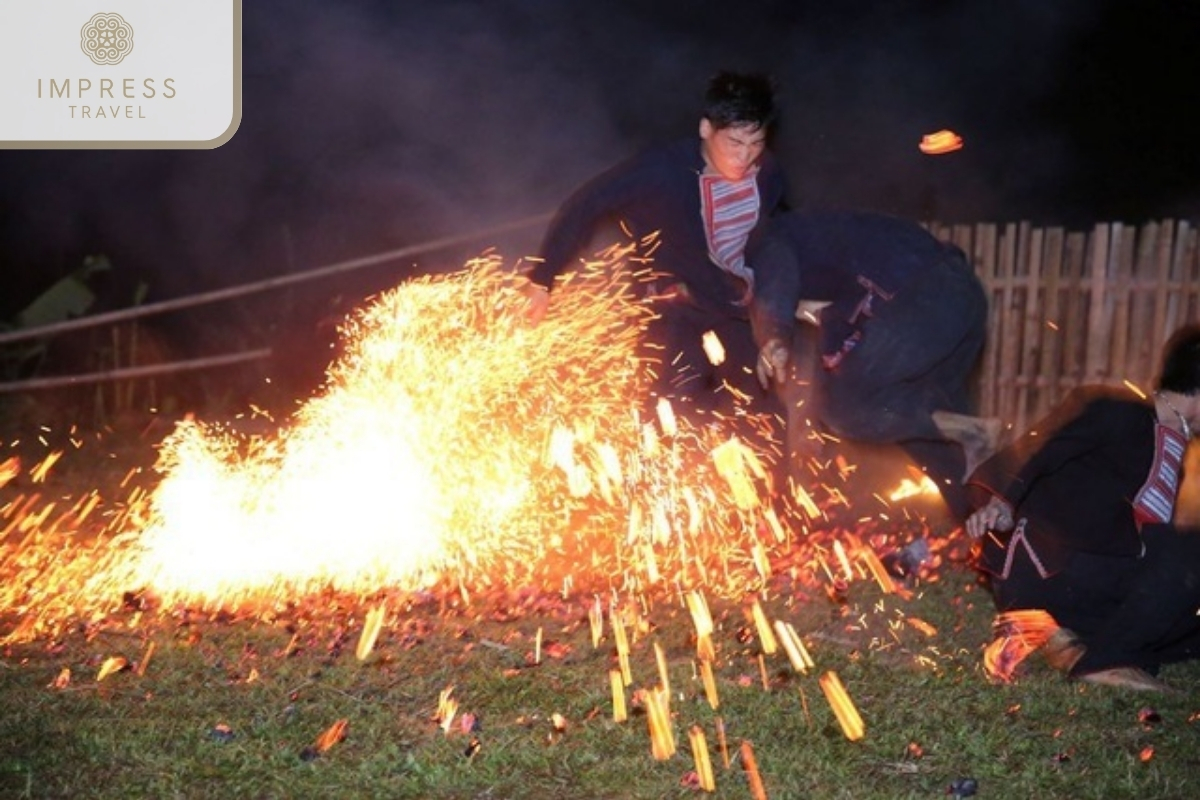
Fire Dance
- Roóng Poọc Festival (Giay): Celebrated by the Giay people, this festival marks the end of the lunar New Year celebrations. It’s a time to give thanks for the past year and to pray for a bountiful harvest. The festival includes traditional dances, music, and rituals that are both joyful and solemn, reflecting the deep connection the Giay have with their land and their ancestors.
Detailed Itinerary for Discover the Rich Culture of Ethnic Communities on Sapa Tours
Day 1: Arrival in Sapa and Exploration of Ham Rong Mountain
Morning: Journey from Hanoi to Sapa
Your adventure begins early in the morning as you depart from Hanoi at 5:30 AM. The journey to Sapa takes approximately 5.5 to 6 hours, with a scenic drive through the lush countryside of Northern Vietnam. As you travel, you’ll pass through picturesque landscapes, including rolling hills and terraced fields, giving you a taste of the natural beauty that awaits. Along the way, you’ll have a short break around 8:00 AM to stretch your legs and enjoy some refreshments before continuing your journey. By 12:00 PM, you’ll arrive in Sapa, where you’ll check into your hotel and prepare for the exciting day ahead.
Afternoon: Visit Ham Rong Mountain
After settling in, you’ll head out at 2:00 PM to explore Ham Rong Mountain, one of Sapa’s most iconic sites. The mountain is famous for its panoramic views and beautifully landscaped gardens. As you make your way up, you’ll pass through the orchid garden, where vibrant flowers bloom year-round, adding a splash of color to the green mountainside. The path leads to the summit, where you can take in breathtaking views of Sapa and the surrounding mountains. The name “Ham Rong,” meaning “Dragon Jaw,” comes to life as you explore the jagged rock formations that give the mountain its mythical appearance. This experience is the perfect introduction to Sapa’s natural wonders.
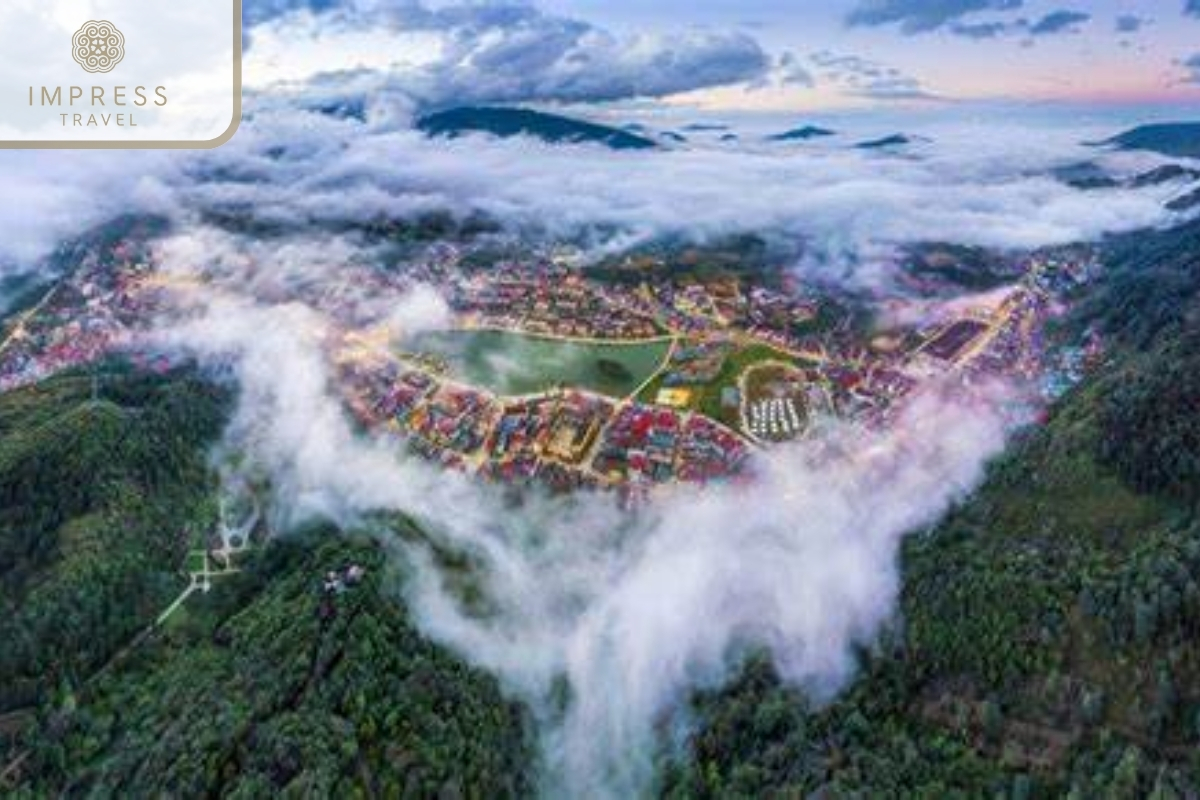
Ham Rong Mountain
Evening: Cultural Immersion in Sapa Town, Including the Love Market
As evening falls, the cultural heart of Sapa comes alive. At 6:00 PM, you’ll enjoy a delicious dinner at a local restaurant, where you can sample regional dishes that highlight the flavors of Northern Vietnam. After dinner, immerse yourself in the local culture by visiting Sapa’s Love Market if it’s a Saturday. This unique cultural event, which starts around 7:30 PM, is where young people from the Hmong and Dao communities gather to sing, dance, and socialize, carrying on a tradition that has been passed down through generations. Even if it’s not Saturday, the town square often hosts traditional performances that give you a glimpse into the rich cultural tapestry of the region. The evening is yours to explore Sapa at your leisure, soaking in the vibrant atmosphere before returning to your hotel.
Day 2: Conquering Fansipan and Visiting Cat Cat Village
Morning: Cable Car Ride to Fansipan – The “Roof of Indochina”
Your second day begins with breakfast at your hotel at 7:00 AM, preparing you for the adventure ahead. By 8:30 AM, you’ll be on your way to the Fansipan Legend Cable Car Station. The 20-minute drive takes you through Sapa’s scenic countryside, setting the stage for the breathtaking experience to come. The cable car ride to Fansipan, often referred to as the “Roof of Indochina,” offers stunning views as you ascend through the clouds. The journey to the summit takes about 30 minutes, and once you arrive at the top around 10:00 AM, you’ll have the opportunity to explore the highest peak in Indochina, standing at 3,143 meters above sea level. The views from the summit are unparalleled, offering a panoramic vista that stretches across the mountains and valleys below. It’s a moment of awe and reflection as you stand on the roof of Southeast Asia.
Afternoon: Visit Cat Cat Village and Engage with Local Hmong Artisans
After descending from Fansipan, you’ll return to Sapa town for lunch at 12:00 PM, enjoying a meal that will refuel you for the afternoon’s activities. At 1:30 PM, you’ll visit Cat Cat Village, located just a short drive from Sapa. This traditional Hmong village offers a unique opportunity to step back in time and experience the daily life of the Hmong people. As you walk through the village’s winding paths, you’ll encounter local artisans at work, weaving and embroidering beautiful fabrics that are a hallmark of Hmong culture. The village is also home to the scenic Cat Cat Waterfall, where you can enjoy the tranquil sound of cascading water as you explore. This visit is not just about observing but also about engaging with the local community and learning about their traditions and way of life.
Evening: Free Time to Explore Sapa’s Vibrant Night Market
As the day winds down, you’ll return to Sapa town for dinner at 6:00 PM, where you can continue to explore the diverse flavors of the region. After dinner, take some time to wander through Sapa’s night market, which comes alive with vibrant colors and lively sounds. The market, which you can explore from 7:30 PM, is a great place to find unique handicrafts, textiles, and souvenirs, all handcrafted by the local ethnic communities. It’s also a perfect opportunity to taste some local street food, adding a culinary adventure to your cultural experience. The evening is yours to enjoy, with plenty of time to explore the market and soak in the lively atmosphere before heading back to your hotel.
Day 3: Cultural Exploration of Local Markets and Departure
Morning: Visit Local Markets and Interact with Ethnic Minorities
On your final day, after breakfast at 7:00 AM, you’ll visit Sapa’s main market at 8:30 AM. This bustling market is where the local ethnic minorities gather to sell their goods, from fresh produce to handcrafted items. As you wander through the market, you’ll have the chance to interact with the vendors, many of whom belong to the Hmong, Dao, and other ethnic groups. These interactions offer a deeper understanding of the culture of ethnic communities on Sapa Tours, as you learn about their crafts and daily life. The market is also a perfect place to purchase unique souvenirs, each with its own story and cultural significance.

Roong Pooc Festival
Afternoon: Return Journey to Hanoi
After a morning of cultural exploration, you’ll return to your hotel at 10:30 AM to check out and prepare for your departure. Enjoy a final lunch in Sapa at 11:00 AM, reflecting on the incredible experiences and cultural insights you’ve gained during your stay. At 12:30 PM, you’ll begin your journey back to Hanoi, with one last opportunity to take in the stunning landscapes of Northern Vietnam. After a short break along the way, you’ll arrive in Hanoi by 6:00 PM, marking the end of your unforgettable journey into the culture of ethnic communities on Sapa Tours.
Tips for Participating in culture of ethnic communities on Sapa Tours
What to Pack for culture of ethnic communities on Sapa Tours
Packing appropriately is key to a comfortable and enjoyable trip on Sapa Tours. Here’s a checklist of essential items:
- Trekking Gear: Since Sapa’s terrain can be rugged, sturdy trekking shoes with good grip are a must. They will help you navigate the steep and uneven paths safely.
- Weather-Appropriate Clothing: The weather in Sapa can change quickly, so it’s important to dress in layers. Pack lightweight clothing for the day and warmer layers for the evening. A waterproof jacket is also recommended, especially if you’re visiting during the rainy season.
- Respectful Attire: When visiting local villages, it’s important to dress modestly out of respect for the local customs. Long sleeves and pants are advisable. Avoid wearing bright or flashy clothing, and steer clear of white, as it is associated with funerals in many ethnic cultures.
- Other Essentials: Don’t forget sunscreen, insect repellent, a hat, and a small daypack for carrying water and snacks during your excursions. These items will help you stay comfortable and protected throughout your journey.
Health and Safety Tips of culture of ethnic communities on Sapa Tours
Your safety is paramount when exploring the culture of ethnic communities on Sapa Tours, especially if you plan to trek through the region.
- Staying Safe During Treks: The trails in Sapa can be challenging, with steep and slippery sections. Always trek at your own pace, take breaks as needed, and stay hydrated. It’s also wise to carry a first-aid kit for minor injuries.
- Acclimatizing to Altitude: Sapa is located at a high altitude, which can cause discomfort for some travelers. To acclimate, take it easy on your first day, drink plenty of water, and avoid strenuous activities until your body adjusts.
- Importance of Hiring Local Guides: Hiring a local guide is highly recommended. Not only do they know the best routes and can navigate challenging terrain, but they also provide valuable insights into the local culture. Guides can facilitate respectful interactions with the ethnic communities and ensure that your experience is both safe and enriching.
Cultural Etiquette
Respecting local customs and traditions is crucial when interacting with the ethnic minorities in Sapa. Here are some do’s and don’ts to keep in mind:
Do’s:
- Engage Respectfully: When visiting villages, always ask for permission before taking photos of people or their homes. A friendly greeting and a smile can go a long way in building rapport with the locals.
- Learn a Few Phrases: Knowing a few basic phrases in the local language, such as “hello” and “thank you,” shows respect and can enhance your interactions.
- Support Local Artisans: Purchasing handmade goods directly from the artisans supports their craft and helps sustain the local economy.
Don’ts:
- Avoid Intrusive Behavior: Do not enter homes or sacred spaces without an invitation, and always follow the guidance of your local guide regarding what is appropriate.
- Respect Cultural Practices: Be mindful of specific customs, such as not touching someone’s head or pointing your feet at people or religious symbols. These actions can be seen as disrespectful in some cultures.
Conclusion
In conclusion, the culture of ethnic communities on Sapa Tours offers an unparalleled experience, immersing you in the vibrant traditions, stunning landscapes, and warm hospitality of Northern Vietnam. Whether you’re exploring ancient villages, trekking through terraced fields, or participating in local festivals, this journey will leave you with unforgettable memories. Don’t forget to regularly follow our Impress Travel for more interesting information about traveling Sapa to and to book Sapa Tours at the best prices.
Don’t miss the chance to explore Sapa with Impress Travel, your trusted guide to an authentic cultural adventure. Ready to embark on this incredible journey? Contact us today to book your tour:
- Phone: 0912 379 189
- Email: info@impresstravel.com


































